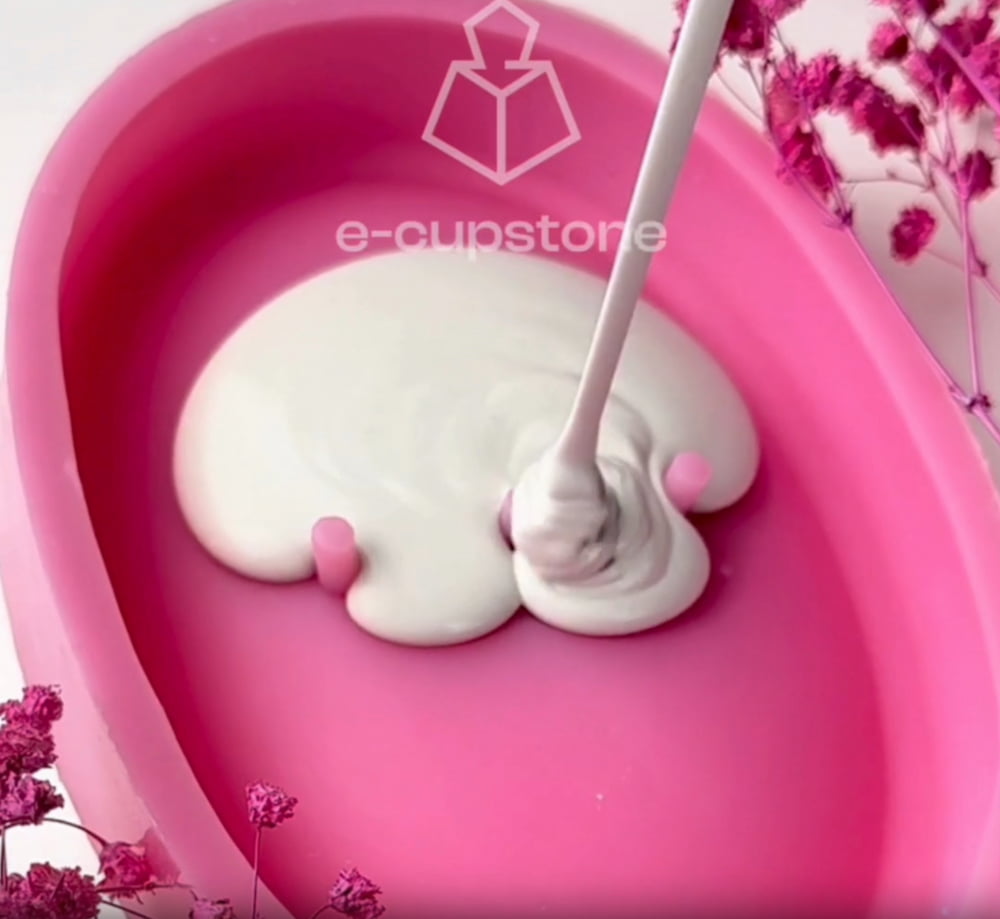No products in the basket.
Order today! 

Shop
Your shopping cart
The product has been added
The shopping basket has been updated
Product has been removed
No products in stock
You have entered an incorrect value
No products in the basket.

Table of contents:
Both polymer gypsum and ceramic gypsum are popular materials in the world of DIY, casting and art projects. While they may look similar at first glance, they have significantly different properties, purpose and applicability. In this article, we compare the two types of gypsum to help you choose the best solution for your project.
Polymeric gypsum, e.g. Lumrix or A-STONE from the e-cupstone.co.uk range, is a two-component material based on mineral powder and acrylic resin. It is characterised by:
high mechanical strength (damage-resistant),
Ceramic gypsum is popular in:
Features:
| Feature | Polymeric gypsum | Ceramic gypsum |
|---|---|---|
| Mechanical strength | High | Low |
| Water and UV resistance | Yes | Not |
| Surface smoothness | Very high | High |
| Forming flexibility | High | Limited |
| Utility use | Yes (dishes, decorations) | Rather not |
| Casting durability | Years | Delicate and crisp |
If you care about:
choose polymer gypsum for casting from e-cupstone.co.uk.
For simple modelling moulds and stucco, ceramic gypsum can be used, but its limitations make it not a versatile material.
Polymeric gypsum, such as Lumrix or A-STONE, provides almost unlimited possibilities for creating durable, smooth and aesthetically pleasing castings. It is resilient, versatile and ideal for DIY projects. Ceramic gypsum is the solution for simpler, less demanding moulds.
Invest in quality and durability with e-cupstone.co.uk! Discover the benefits of polymer plaster and create casts that impress with their detail and durability.
Check out our range of polymer gypsums, dyes and varnishes - everything you need to create even better.

Enter your e-mail address if you would like to receive information about news and promotions.
